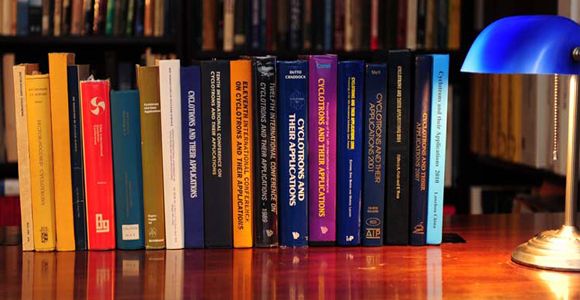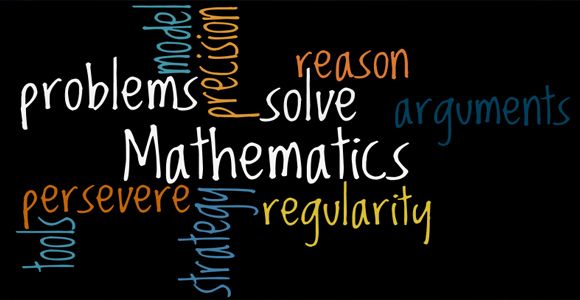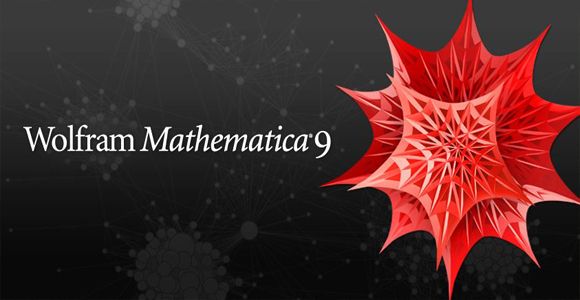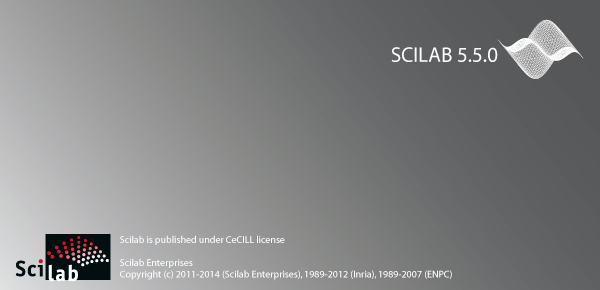Get a comprehensive, in-depth introduction to the
core Python language with this hands-on book. Based on author Mark
Lutz’s popular training course, this updated fifth edition will help you
quickly write efficient, high-quality code with Python. It’s an ideal
way to begin, whether you’re new to programming or a professional
developer versed in other languages.
Complete with quizzes, exercises, and helpful illustrations, this easy-to-follow, self-paced tutorial gets you started with both Python 2.7 and 3.3— the latest releases in the 3.X and 2.X lines—plus all other releases in common use today. You’ll also learn some advanced language features that recently have become more common in Python code.
Complete with quizzes, exercises, and helpful illustrations, this easy-to-follow, self-paced tutorial gets you started with both Python 2.7 and 3.3— the latest releases in the 3.X and 2.X lines—plus all other releases in common use today. You’ll also learn some advanced language features that recently have become more common in Python code.
- Download:





















































